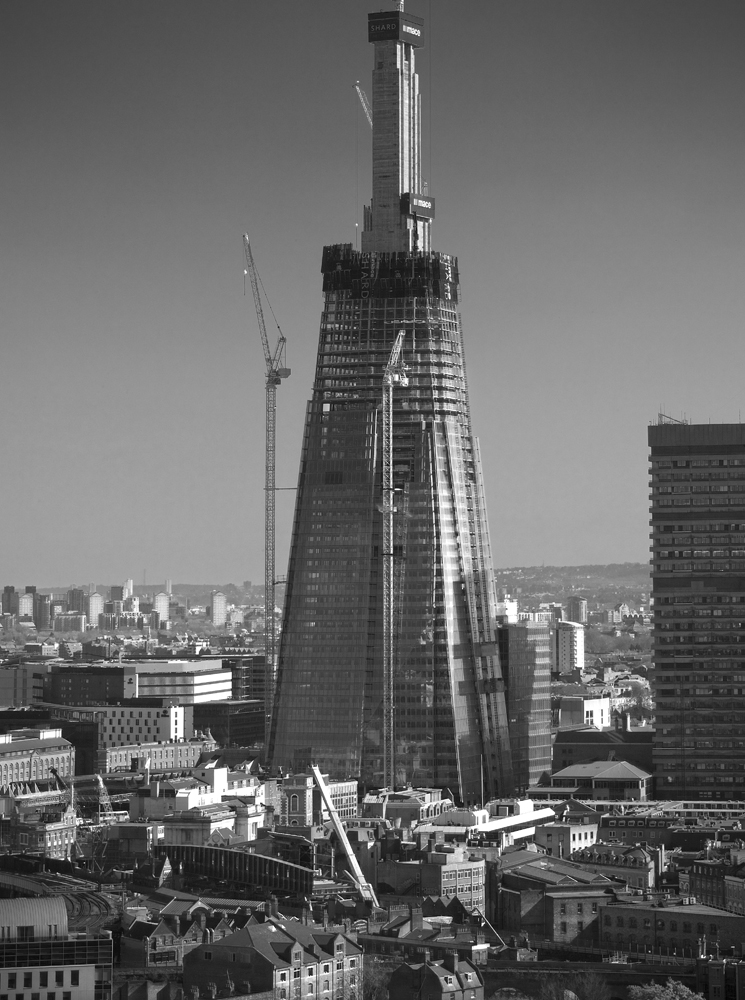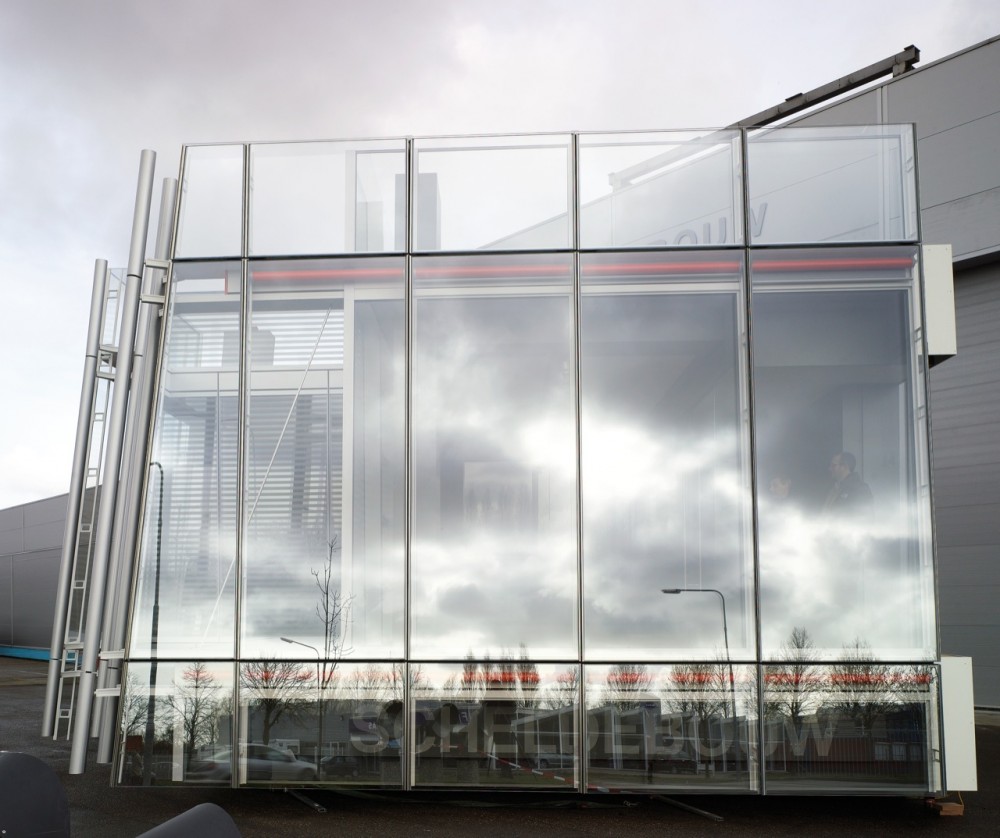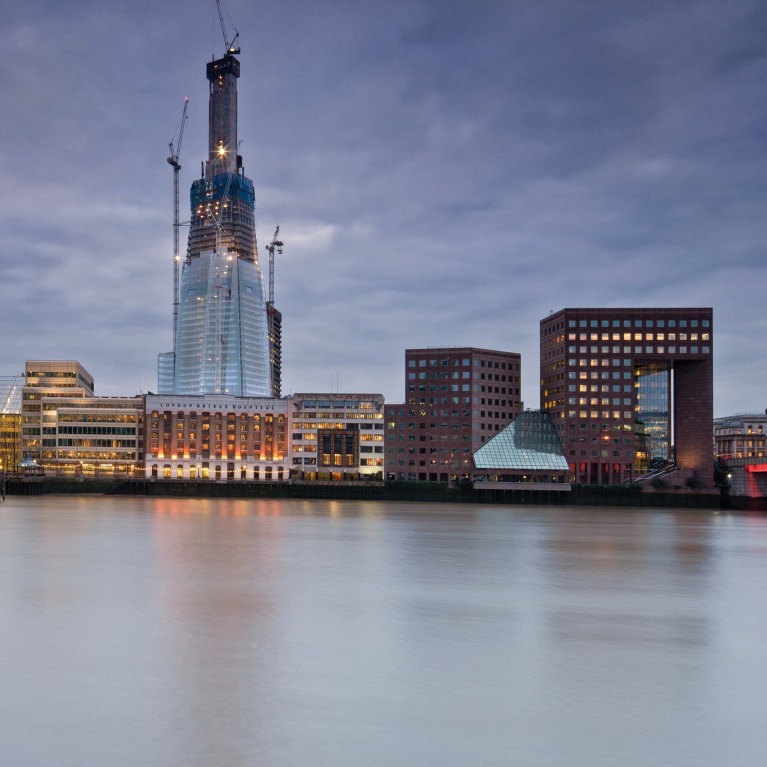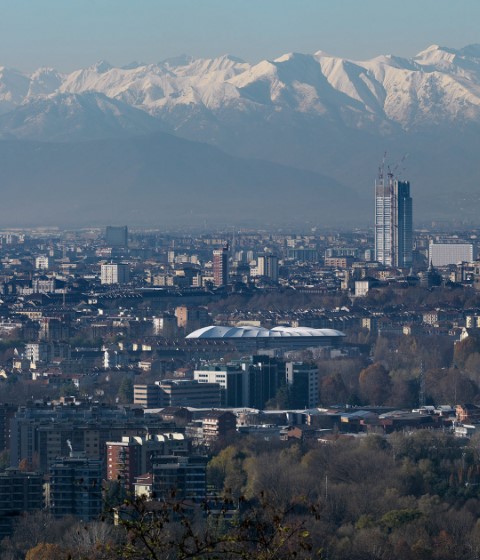Architects: Renzo Piano Building Workshop in collaboration with Adamson Associates
Location: London. England.
Client:Sellar Property Group
Consultants: WSP/Cantor Seinuk; Ove Arup & Partners; Lerch, Bates & Associates; Davis Langdon; Broadway Malyan (for planning application only)

© Andy Spain Photography
London Bridge Tower, which is also known as the Shard, is a 72 storey mixed use tower located besides London Bridge Station on the south bank of the river Thames. The station, which combines train, bus and underground lines is one of the busiest in London with 200,ooo users per day. The project is a response to the Mayor's policy of promoting high density development at key transport nodes.
The form of the tower was determined by its prominence on the London skyline. Unlike other cities such as New York or Hong Kong, the Shard is not part of an existing cluster of high rise buildings. References included the masts of ships docked in the nearby Pool of London and Monet's paintings of the Houses of Parliament.
The slender pyramidal form is suited to the variety of uses proposed: large floor plates for offices at the bottom, public areas and a hotel in the middle, apartments at the top. The final public floors, levels 68-72, accommodate a viewing gallery 240 m. above street level. Above, the shards continue to 305m. The mix of uses add vibrancy to the project: public access was deemed particularly important for such a significant building in London.

Detail.
Eight glass shards define the shape and visual quality of the tower. The passive double façade uses low-iron glass throughout, with a mechanised roller blind in the cavity providing solar shading. In the "fractures" between the shards opening vents provide natural ventilation to winter gardens. These can be used as meeting rooms or break-out spaces in the offices and winter gardens on the residential floors. They provide a vital link with the external environment often denied in hermetically sealed buildings.
The main structural element is the slip formed concrete core in the centre of the building. It houses the main service risers, lifts and escape stairs. A total of 44 single and double-deck lifts link the key functions with the various entrances at street and station concourse level. The project also includes the redevelopment of the train station conourse and bus station. The existing roof is to be removed and replaced with a glazed canopy, and retail units relocated to open up visual connections between the train station, bus station and taxi ranks. Two new 30m x 30m public squares will form the centre of the scheme. Such improvements to the public realm are vital to the regeneration of this congested and neglected part of the city and will hopefully provide the catalyst to further redevelopment in the area.





























